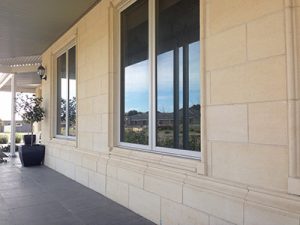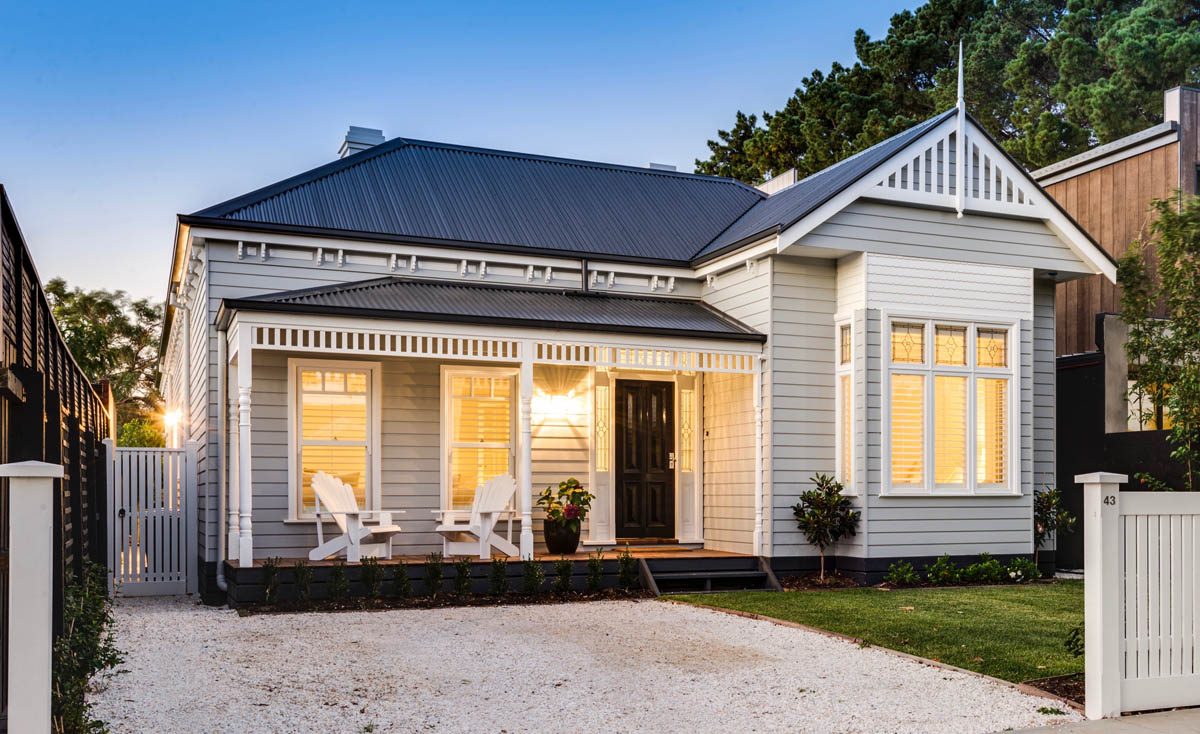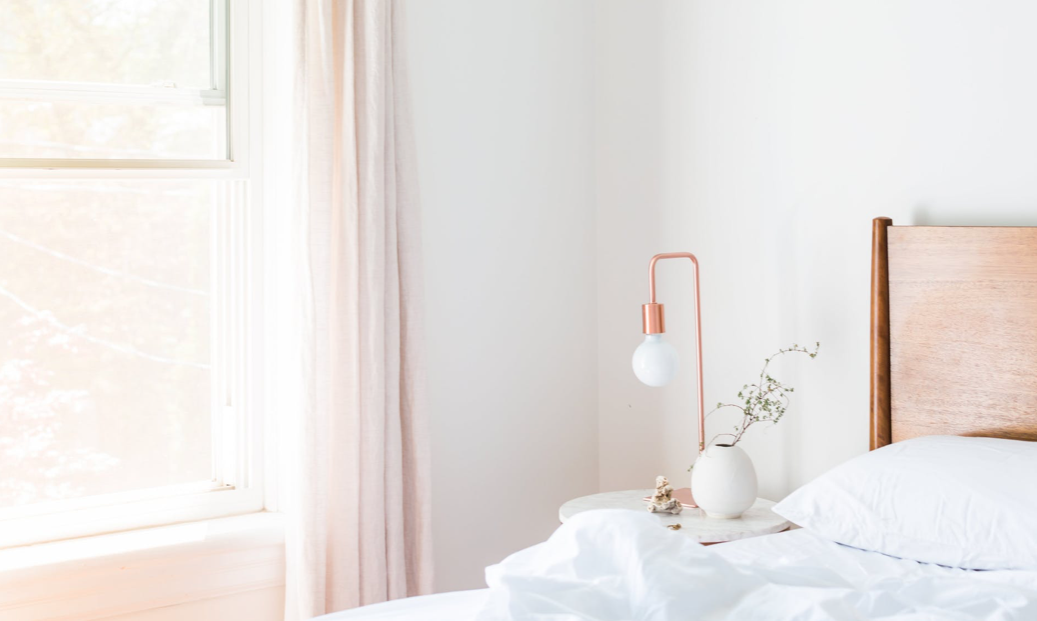Principle Ten
The Building Should Be Constructed From
Non-Toxic Materials.
 This house with rendered walls and tiled roof demonstrates how a few
This house with rendered walls and tiled roof demonstrates how a few
simple choices can achieve compliance with both Green and
Vedic building specifications.
Outside
In order to provide a comfortable and health-promoting environment, FeelGood Homes make as much use as possible of natural and non-toxic materials such as wood, stone, tile, AAC (Autoclaved Aerated Concrete) blocks, as well as natural finishes such as clay stucco, and marble.

Western Australian limestone is one of the least toxic materials on the market.

It conveys a solid appearance that is both warm and timeless.

Weatherboards made from timber or reconstituted hardwood (not vinyl) can be painted or stained to choice.

Weatherboard is an attractive, natural wall-cladding that exudes an aura of tasteful quality.
Obvious in its application, part of weatherboard’s appeal is in the simplicity of its use.
Inside

Household paint is often one of the leading factors in low indoor air quality and exposure to toxins. If you wish to minimise your family’s chemical exposure by installing non-toxic furniture, organic baby clothes, and organic food, you will probably also want to be careful about air quality and the type of paint you use inside your house.
Ordinary household paints can contain up to 10,000 synthetic compounds, including many known poisons and cancer-causing agents. Furthermore, as paint dries, it discharges volatile organic compounds (VOCs) into the air, polluting the home.
FeelGood® Homes recommends the use of natural, or zero-VOC paints, which are those that contain no volatile organic compounds. Zero-VOC paints are still effective at portraying your color preferences, while posing less of a health risk.

Natural fabrics such as cotton, wool or hemp keep your home free from unwanted synthetic particles.
For the carpets, curtains and furniture, we recommend natural fibres such as wool or cotton fabrics.
In-Between

Every element of the construction of a FeelGood® Home is carefully selected to deliver maximum benefit to family within.
In the ceilings, floor and walls of your house, insulation should perform the following duties:
- provide a shield against extreme temperatures;
- be durable, and corrosion resistant;
- act as a buffer against moisture;
- be comprised of a natural, permeable material;
- be safe and easy to handle without the need for a mask or gloves;
- be biodegradable and/or recyclable;
- be resistant to fire.
 Hemp insulation is a durable, high performance, natural thermal insulation material.
Hemp insulation is a durable, high performance, natural thermal insulation material.
One such material is hemp. Because of its robust nature and resistance to corrosion, hemp fibres have been used for hundreds of years in ropes and clothing. Hemp insulation batts conform to the Green standards applied by FeelGood® Homes.
Another worthy material is wool, which is available in batts or blankets.
When Vedic architecture was practised in ancient times, it was naturally “green.” There were no synthetic materials in existence. FeelGood® Homes integrate the 21st century technologies of sustainability and the timeless system of Sthapatya Veda, to ensure that we will best nourish Planet Earth, and live completely in harmony with Natural Law.

